August 27, 2024
Teen DUI: A Growing Concern
The alarming rise of teens driving under the influence.

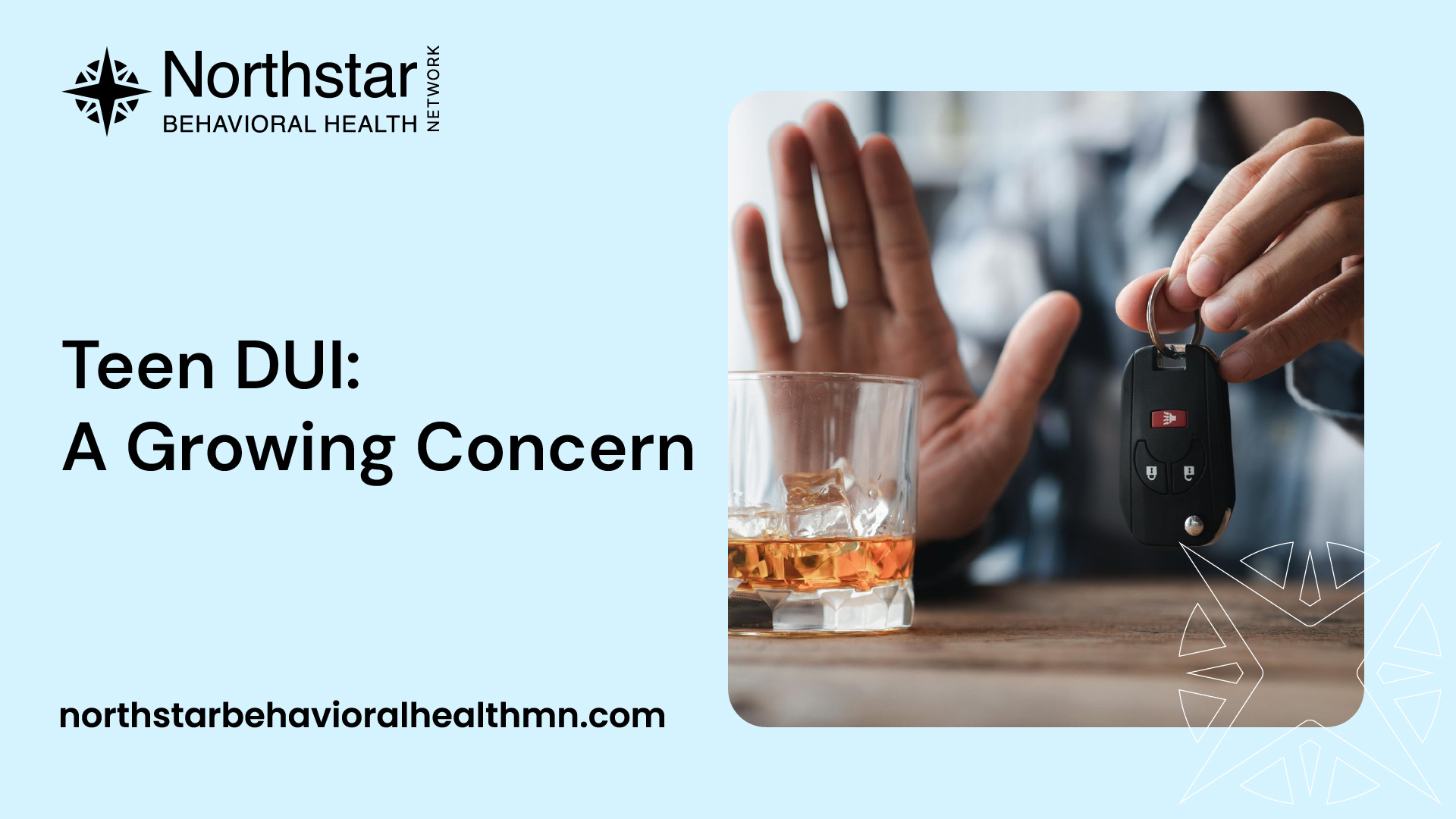
Understanding the Issue
Teenagers driving under the influence of alcohol or drugs is a growing concern that poses significant risks to both the individuals involved and the community at large. It is crucial to understand the gravity of this issue in order to address it effectively.
The Growing Concern of Teenagers Driving Under the Influence
The number of teenagers driving under the influence of alcohol or drugs is a matter of great concern. The consequences of such behavior can be devastating, leading to accidents, injuries, and even fatalities. It is essential to raise awareness about the dangers associated with driving under the influence and take proactive measures to prevent it.
Statistics and Trends
Statistical data highlights the alarming rate at which teenagers are engaging in driving under the influence. Here are some key statistics and trends:
- According to the National Highway Traffic Safety Administration (NHTSA), in 2019, 2,121 people were killed in crashes involving a teenage driver under the influence of alcohol.
- The Substance Abuse and Mental Health Services Administration (SAMHSA) reports that in 2019, approximately 4.8 million young people aged 12 to 20 had driven under the influence of alcohol in the past year.
- A study published in the Journal of Studies on Alcohol and Drugs found that teenagers who engage in driving under the influence are more likely to engage in other risky behaviors, such as not wearing seat belts or engaging in distracted driving.
These statistics highlight the urgent need for effective prevention strategies and interventions to address the issue of teenagers driving under the influence. It is crucial for parents, educators, and communities to work together to educate teenagers about the risks and consequences associated with this behavior.
By understanding the growing concern and the statistical trends, we can begin to take the necessary steps to prevent teenagers from driving under the influence. In the following sections, we will explore the factors contributing to teen DUI, the risks and consequences involved, as well as prevention and intervention strategies. Together, we can promote safe driving practices and empower teenagers to make responsible decisions.
Factors Contributing to Teen DUI
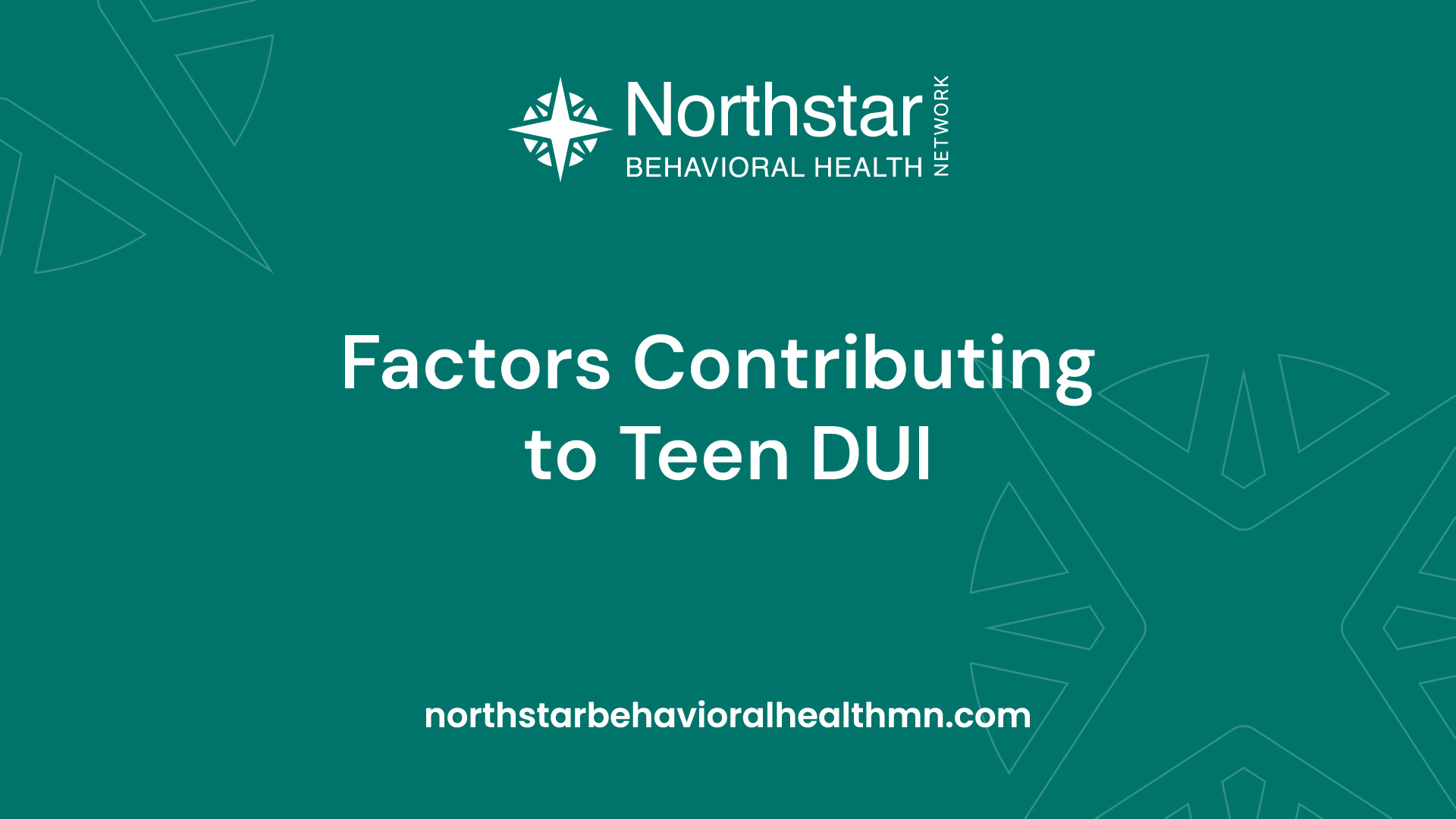
The issue of teenagers driving under the influence of alcohol or drugs is a complex problem influenced by various factors. Understanding these contributing factors is crucial in addressing and preventing teen DUI incidents. In this section, we will discuss three key factors: peer pressure and influence, lack of awareness and education, and the impact of social media and culture.
Peer Pressure and Influence
Peer pressure plays a significant role in teenagers engaging in risky behaviors, including driving under the influence. Many teens feel the need to conform to their peer group and may succumb to pressure to experiment with alcohol or drugs. The desire to fit in and be accepted can override their judgment and lead them to make dangerous choices.
It is essential for parents, educators, and mentors to educate teenagers on the importance of making independent decisions and resisting negative peer pressure. Open communication, fostering a supportive environment, and providing alternative activities can help teenagers develop the confidence to say no to driving under the influence. For more information on talking to your kids about substance abuse, check out our article on do you talk to your kids about prescription drug abuse?
Lack of Awareness and Education
Many teenagers lack proper awareness and education about the risks and consequences of driving under the influence. They may underestimate the impairing effects of alcohol or drugs on their ability to operate a vehicle safely. Insufficient knowledge about blood alcohol concentration (BAC) limits, the impact of different substances, and the potential legal consequences can contribute to poor decision-making.
Educating teens about the dangers of DUI through school programs, community initiatives, and informative resources is vital. By equipping them with accurate information, teenagers can make informed choices and understand the potential harm they may cause to themselves and others. For tips on educating kids about drugs, refer to our article on twelve tips for educating kids about drugs.
Impact of Social Media and Culture
In today's digital age, social media and popular culture greatly influence teenagers' behavior and attitudes towards substance use. Social media platforms often glamorize alcohol and drug use, creating a false perception of normalcy and desirability. Additionally, the portrayal of substance use in movies, music, and other forms of entertainment can normalize risky behaviors.
It is crucial to counter these influences by promoting positive messages and debunking misconceptions. Encouraging discussions about the realities of substance use, highlighting the negative consequences, and showcasing positive role models who prioritize safe and responsible behavior can help shift cultural norms. To learn more about the impact of culture on addiction, explore our article on is it drugs or mental illness?
By addressing these factors, we can work towards reducing the alarming number of teenagers driving under the influence. Effective prevention strategies should focus on empowering teenagers to resist peer pressure, providing comprehensive education about the risks, and challenging societal influences that promote substance use. Together, we can create a safer environment for our youth and promote responsible decision-making.
Risks and Consequences
Driving under the influence of alcohol or drugs poses significant risks and consequences, especially for teenagers who may be inexperienced drivers. It is essential to understand the dangers, legal ramifications, and the impact on personal lives and others.
Dangers of Driving Under the Influence
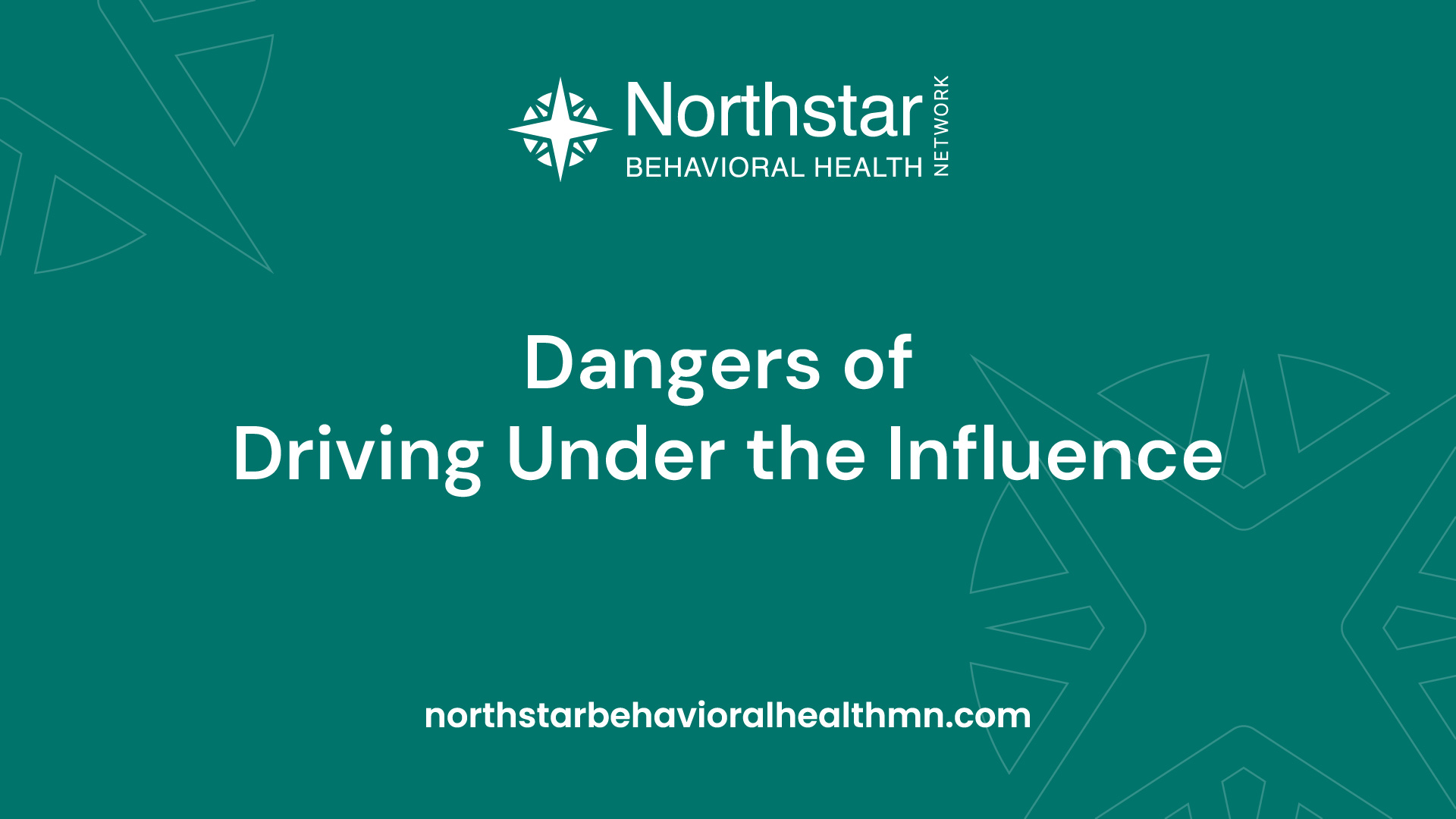
Driving under the influence of alcohol or drugs significantly impairs a person's ability to operate a vehicle safely. The effects of substances like alcohol, marijuana, or prescription drugs can impair judgment, coordination, reaction time, and perception. This impairment increases the chances of accidents, injuries, and fatalities not only for the driver but also for passengers, pedestrians, and other innocent road users.
To highlight the seriousness of this issue, let's consider some statistics:
- Alcohol-related crashes are the leading cause of death among teenagers.
- In 2019, about 17% of all traffic fatalities involving drivers aged 16-20 were alcohol-related.
- Teenagers are more likely to underestimate the effects of alcohol or drugs on their driving abilities.
- Alcohol is involved in about 25% of fatal crashes involving 16-20-year-old drivers.
Legal Ramifications
Driving under the influence carries severe legal consequences, especially for teenagers. The legal blood alcohol concentration (BAC) limit for drivers under 21 is typically lower than that for adults. Violating these laws can result in various penalties, including fines, license suspension, mandatory alcohol or drug education programs, community service, and even imprisonment.
The specific legal ramifications vary by jurisdiction, but it's important to note that penalties for underage DUI can have long-lasting effects on a teenager's future. These consequences may include difficulty obtaining car insurance, limitations on educational and employment opportunities, and a tarnished criminal record.
Effects on Personal and Others' Lives
Driving under the influence of alcohol or drugs can have profound personal and social consequences. Beyond the legal ramifications, teenagers who engage in this risky behavior may experience:
- Strained relationships with family, friends, and peers due to the potential harm caused by their actions.
- Damage to their reputation, as DUI incidents can be publicly known and negatively impact a teenager's standing in the community.
- Emotional and psychological distress resulting from accidents, injuries, or loss of life.
- Increased risk of substance abuse problems and dependency.
Furthermore, the consequences extend beyond the individual. Innocent bystanders, passengers, and other drivers on the road can suffer severe injuries or lose their lives due to the actions of a teenager driving under the influence.
It is crucial to understand the risks and consequences associated with driving under the influence of alcohol or drugs, particularly for teenagers. By raising awareness, providing education, and promoting responsible decision-making, we can work towards a safer future for our youth and communities.
Prevention and Intervention
To address the alarming number of teens driving under the influence of alcohol or drugs, effective prevention and intervention strategies are crucial. By educating teens on the risks, promoting safe driving practices, and encouraging them to seek help and support, we can work together to mitigate this dangerous behavior.
Educating Teens on the Risks
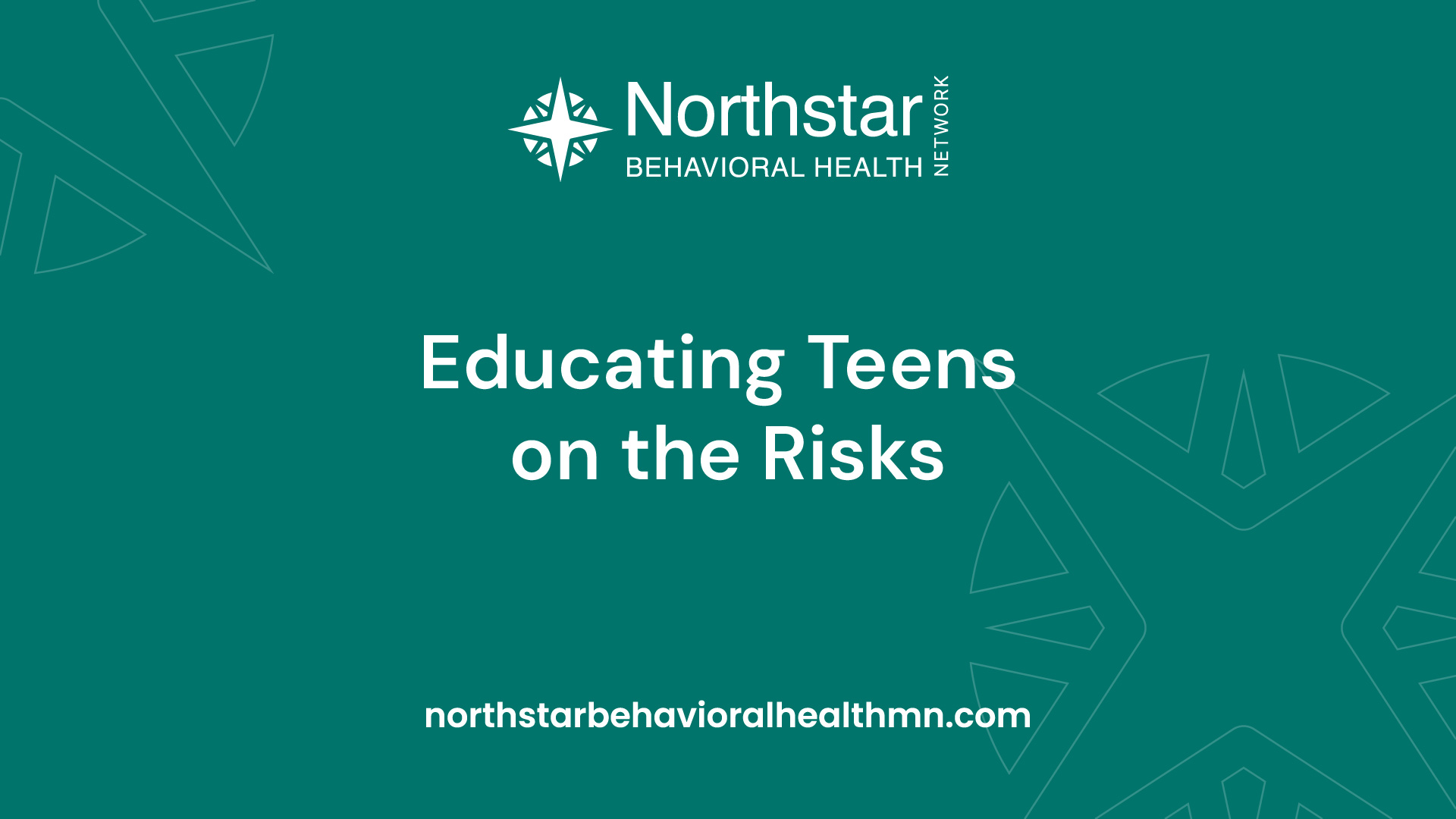
One of the key steps in preventing teen DUI is to provide comprehensive education on the risks associated with driving under the influence. It is essential to engage teens in open and honest conversations about the potential consequences of their actions. Educators, parents, and community members can play a vital role in educating teens on the dangers of impaired driving.
Topics that should be covered in these educational initiatives include:
- The physical and cognitive effects of alcohol and drugs on driving abilities.
- The legal ramifications and potential penalties for driving under the influence.
- The potential for accidents, injuries, and fatalities caused by impaired driving.
- The impact of impaired driving on personal and others' lives.
By providing accurate information and fostering discussions about the risks involved, we can empower teens to make responsible decisions and understand the importance of avoiding driving under the influence. For more information on educating kids about drugs, check out our article on twelve tips for educating kids about drugs.
Promoting Safe Driving Practices
In addition to educating teens about the risks, promoting safe driving practices is essential to prevent DUI incidents. It is crucial to emphasize the following practices:
- Encouraging the use of designated drivers or alternative transportation options when going out.
- Highlighting the importance of planning ahead and making arrangements to avoid driving under the influence.
- Promoting the use of seat belts and ensuring that all passengers are buckled up.
- Discouraging distracted driving, such as texting or talking on the phone while behind the wheel.
- Reinforcing the dangers of speeding and reckless driving.
By fostering a culture of responsible driving and promoting safe practices, we can encourage teens to make informed choices that prioritize their safety and the safety of others on the road. For more information on the impact of alcohol on events like Lollapalooza, check out our article on Lollapalooza and its connection to alcohol.
Seeking Help and Support
For teens who may already be struggling with substance abuse or addiction, it is crucial to provide them with the necessary help and support. Recognizing the signs of substance abuse and providing access to appropriate resources is vital to intervene early and prevent further risks.
Some options for seeking help and support include:
- Encouraging teens to confide in a trusted adult, such as a parent, teacher, counselor, or healthcare professional.
- Connecting teens with support groups or counseling services specializing in substance abuse or addiction.
- Providing information on rehabilitation and treatment options specifically tailored for adolescents.
- Engaging the support of family and community members to create a support network for teens in need.
By offering a supportive and non-judgmental environment, we can help teens facing substance abuse issues to overcome their challenges and make positive changes in their lives. For more information on seeking help for addiction, check out our article on problems getting insurance coverage for drug rehab? You are not alone..
Through a combination of education, promoting safe driving practices, and offering support, we can work together to prevent and intervene in the alarming rise of teens driving under the influence. By empowering teens to make responsible decisions and providing the necessary resources, we can strive towards a safer and healthier future for our youth.
Supporting Teens in Recovery
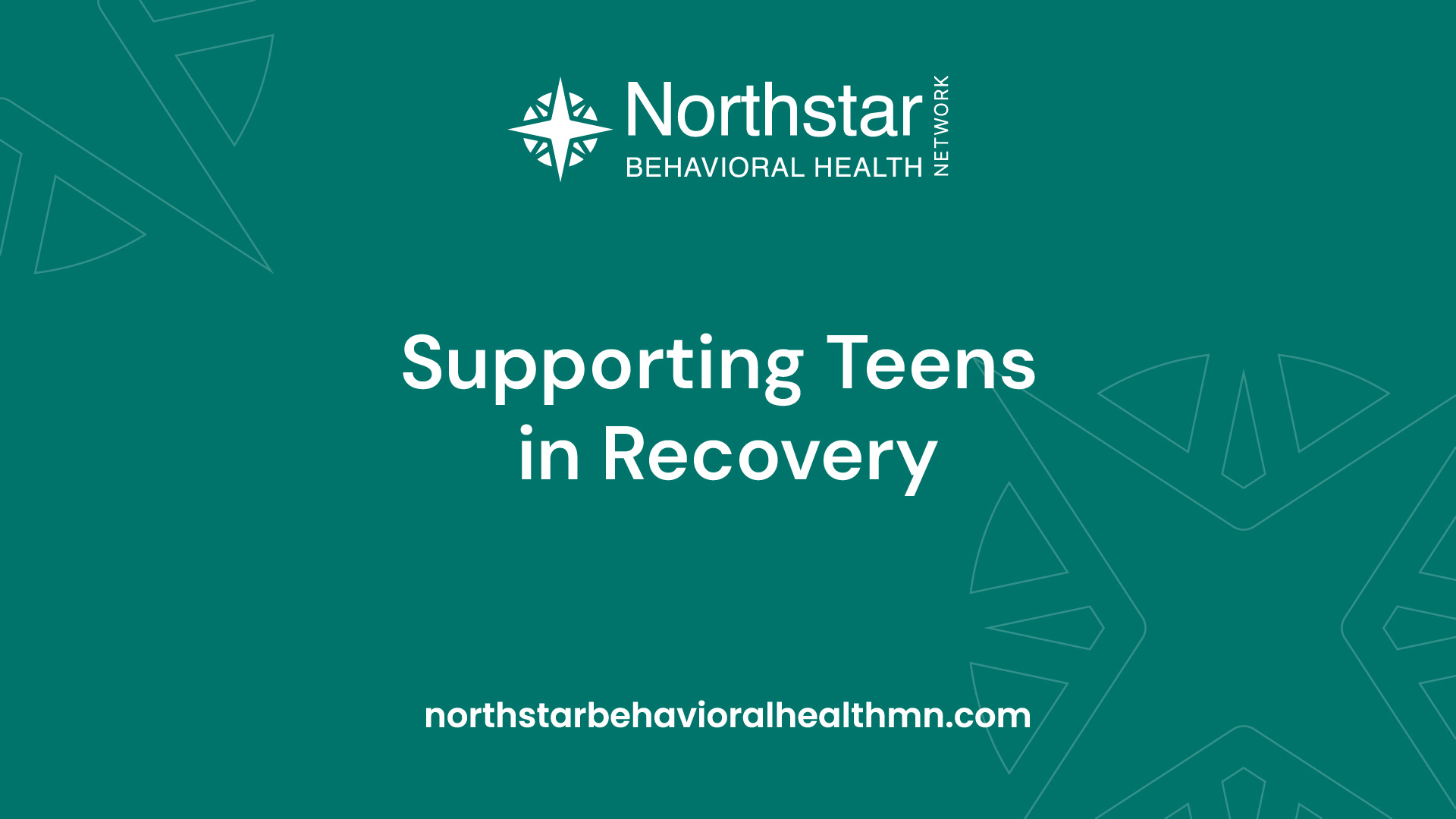
When it comes to helping teenagers recover from driving under the influence (DUI) incidents, providing the right support is crucial. Recovery is a journey that requires a combination of rehabilitation and treatment options, along with family and community support. Additionally, encouraging positive choices and behavior plays a vital role in helping teens overcome their addiction and stay on the path to a healthier life.
Rehabilitation and Treatment Options
Rehabilitation and treatment options are fundamental in supporting teens in their recovery from DUI incidents. There are several approaches to consider, depending on the individual's needs and circumstances. These options may include:
- Inpatient Rehabilitation: Inpatient rehabilitation programs provide a structured environment where teens can receive intensive treatment for their substance abuse issues. These programs typically offer a combination of therapy, counseling, and educational sessions to address the underlying causes of addiction and develop coping mechanisms.
- Outpatient Treatment: Outpatient treatment programs allow teens to receive treatment while still living at home. These programs often involve individual therapy, group counseling, and ongoing support to help teens overcome their addiction and build a solid foundation for recovery.
- Support Groups: Support groups, such as Alcoholics Anonymous (AA) or Narcotics Anonymous (NA), can be valuable resources for teens in recovery. These groups provide a safe and supportive environment where teens can connect with others who have faced similar challenges, share experiences, and learn from one another.
It's important to consult with healthcare professionals or addiction specialists to determine the most suitable rehabilitation and treatment options for each individual teen's needs.
Family and Community Support
Family and community support are essential components of a teenager's recovery journey. When teens feel supported by their loved ones and community, they are more likely to stay motivated and committed to their recovery. Here are some ways to provide support:
- Open Communication: Encourage open and honest communication within the family. Create a safe space where teens feel comfortable discussing their struggles, fears, and progress.
- Education and Understanding: Educate both the family and community about addiction and its impact. By understanding the challenges faced by teens in recovery, family members and community members can offer empathy, support, and encouragement.
- Professional Guidance: Seek professional guidance from therapists, counselors, or addiction specialists who can provide expert advice on supporting teens in recovery. They can help families establish healthy boundaries, address enabling behaviors, and develop effective strategies for supporting their teen.
Encouraging Positive Choices and Behavior
Promoting positive choices and behavior is a key aspect of supporting teens in their recovery. Encouraging healthy habits and providing opportunities for personal growth can help teens rebuild their lives and stay on the path to a brighter future. Here are some strategies for encouraging positive choices and behavior:
- Healthy Lifestyle: Encourage teens to adopt a healthy lifestyle by emphasizing the importance of regular exercise, nutritious eating habits, and sufficient sleep. Engaging in activities such as sports, hobbies, or creative outlets can help teens develop a sense of purpose and fulfillment.
- Positive Peer Influence: Encourage teens to surround themselves with positive influences and supportive friends who share similar goals. Participating in support groups or engaging in positive social activities can help teens build a strong support network.
- Goal Setting and Future Planning: Help teens set realistic goals and develop a plan for their future. By focusing on their aspirations and working towards them, teens can maintain motivation and a sense of purpose.
By providing a combination of rehabilitation and treatment options, family and community support, and encouraging positive choices and behavior, we can help teens in their journey to recovery from DUI incidents. It's essential to remember that recovery takes time, and each teen's journey will be unique. With the right support system in place, they can overcome their challenges and build a brighter future.
Call to Action
Addressing the issue of teenagers driving under the influence requires collective effort and action from various stakeholders. By creating awareness, empowering teens to make responsible decisions, and promoting a safe and healthy future, we can work towards reducing the alarming number of teens driving under the influence of alcohol or drugs.
Creating Awareness and Advocacy
One of the first steps in combating teen DUI is to create widespread awareness about the risks and consequences associated with driving under the influence. This can be achieved through educational campaigns, community outreach programs, and media initiatives. By highlighting real-life stories and statistics related to teen DUI, we can encourage dialogue and promote a culture of responsibility and accountability.
Advocacy groups and organizations can play a crucial role in raising awareness and pushing for legislative changes to address this issue. By joining forces and amplifying our voices, we can bring attention to the seriousness of teen DUI and work towards effective solutions.
Empowering Teens to Make Responsible Decisions
Empowering teenagers to make responsible decisions is an essential aspect of preventing teen DUI. Providing education and resources that help teens understand the dangers and consequences of driving under the influence is crucial. Schools, parents, and community organizations can collaborate to implement comprehensive educational programs that focus on substance abuse prevention and responsible decision-making.
These programs should address the specific risks associated with teen DUI and provide practical strategies for avoiding situations that can lead to impaired driving. Open and honest communication between parents and teens is also vital in empowering young individuals to make responsible choices. Our article on do you talk to your kids about prescription drug abuse? provides valuable insights for parents on discussing substance abuse with their children.
Promoting a Safe and Healthy Future
To create a safe and healthy future for teens, it is essential to address the underlying factors that contribute to teen DUI. This includes tackling issues such as peer pressure, lack of awareness and education, and the influence of social media and culture. By fostering a supportive environment that encourages positive decision-making, we can help teens develop the necessary skills and resilience to resist peer pressure and avoid risky behaviors.
Promoting healthy alternatives, such as engaging in sports, hobbies, and community activities, can provide teens with positive outlets for their energy and social interactions. By working together as a community, we can create an environment that prioritizes the well-being and safety of our teenagers.
By taking these actions, we can make a significant impact in reducing the number of teenagers driving under the influence of alcohol or drugs. It is our collective responsibility to advocate for change, educate our youth, and provide the support they need to make responsible choices. Let's join hands and work towards a future where our teens can thrive in a safe and drug-free environment.

.jpg)


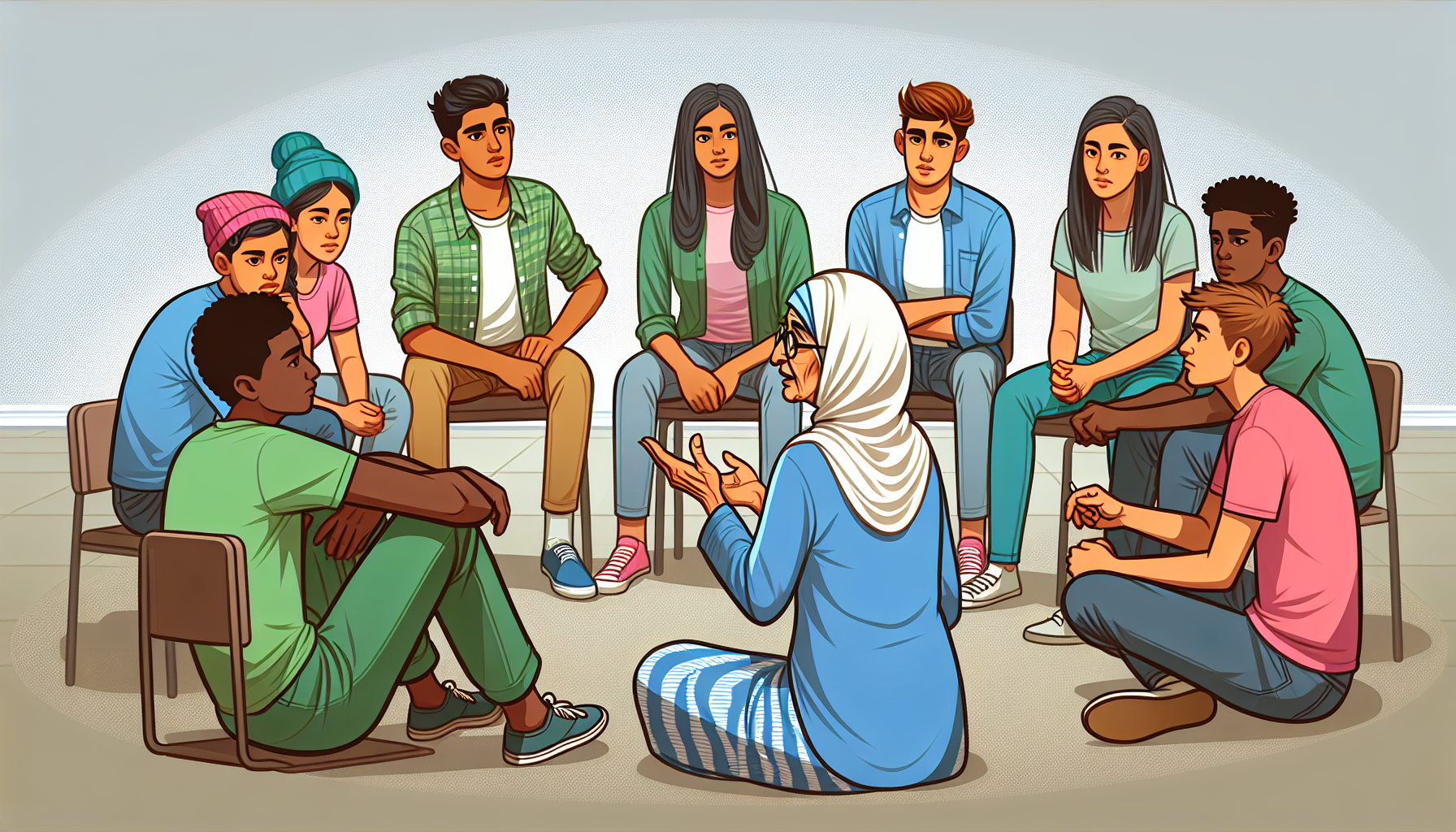

.jpg)

